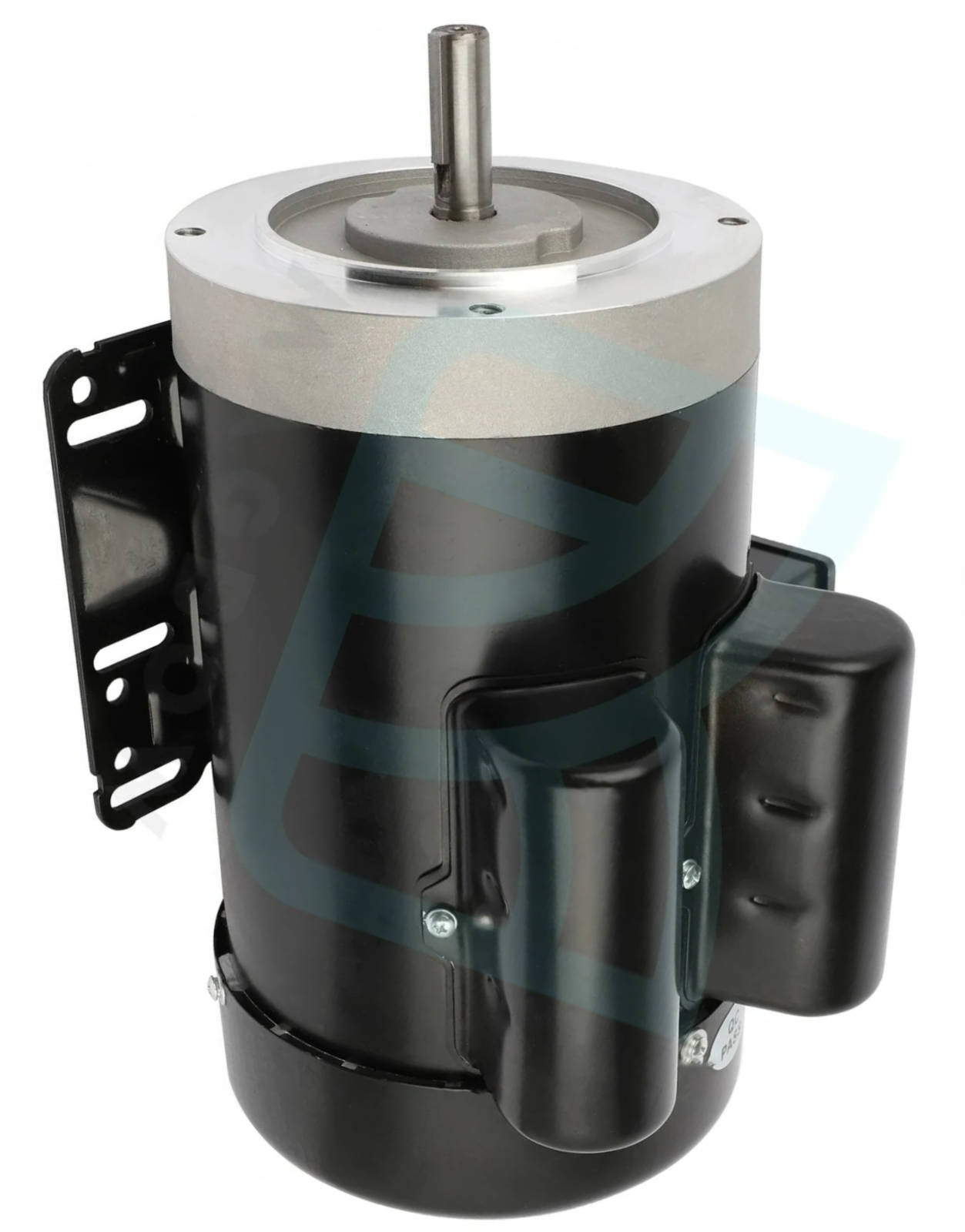Introduction
Innumerable people have asked why keep up these Cyclone and Dust Collection Research web pages? Simply I don't want to see others blindsided like I was.
Background: As a biomedical engineer and university engineering instructor woodworking was my early career and still favorite hobby, so I had a healthy respect for dust. When making dust I always worked with a strong fan blowing the air through my shop and wore a good dual cartridge 3M NIOSH approved respirator mask. I had been messing with improving cyclone separators since 1994 and made many improvements, but more were needed. My family and children were more frequently joining me in the shop and we quickly tired of freezing in the winter and burning up in the summer. I foolishly threw money at the problem installing the top small shop magazine recommended cyclone with best fine filter plus vendor designed and supplied ducting. This system was advertised to provide good health protection and excellent collection for up to three large and one small machines working at once. This problem plagued system provided poor collection even when collecting from just one tool. It constantly plugged its cyclone cone and its fine filter. A couple of passes using my planner left the cyclone cone plugged solid forcing all to go into the filter. Likewise, just a few minutes of sanding plugged that filter so badly it would not pass air. Cleaning that filter and unplugging the cone both required taking down part of my cyclone and always left me and my shop covered in the fine dust that system was purchased to avoid. It kept building up huge piles of dust in the main which when they broke loose blew apart my duct joints making and destroyed three expensive fine filters in just a few weeks. It also took lots of extra hand vacuuming to get a clean looking shop. Weeks after installing that problem plagued system I decided to replace it as soon as we finished our Christmas projects. I foolishly assumed its fine filter provided enough health protection.
Problem: Less than three months after installing that system I was rushed to the hospital with severe chest pains. My ER doctors found an allergic reaction so shut down my airflow my heart was not getting enough oxygen. Every time they reduced my medications my symptoms worsened and bad pneumonia developed, so they called in one of the top local pulmonary experts. He found toxic wood dust trapped in my lungs kept triggering the allergic reactions.
Assignments: My respiratory doctor taught medicine at the same university where I taught and he knew of my prior work developing hospital critical care patient monitoring equipment. He also is an avid woodworker, so shared quite a bit about the hazards of fine dust saying it was a frequent cause of problems in many of his younger patients. He said my own children were at risk because venting my dust collection system inside built the invisible dust levels so dangerously high they also probably badly contaminated my home. Once the home is contaminated, the exposure becomes constant and those with the weakest systems show symptoms first. He explained that there is so much controversy about fine dust that my medical insurance would not pay for testing, but he strongly suggested all get tested soon. Before sending me home for three months of bed rest he also gave me an assignment to figure out exactly what happened and what it would take to make repair. My plan was to better understand what fine wood dust was, figure out the risks meaning what can happen, then the probabilities something bad will happen and get my home and shop checked so I could make informed decisions on how much had to be done to protect my family and me.
Testing: Certified air quality testing showed my vendor was a fraud who did not know the first thing about what it takes to get good fine dust collection as they badly screwed up failing to address tool hoods, had a poor blower design, used the wrong type of ducting design, used a cyclone design optimized to separate sand and gravel from cotton, and provided gravely undersized filters that were far from fine enough to provide the health protection they advertised. This sent me back to the drawing board. I figured out what was needed to get good collection in terms of tool hoods, blower, and ducting but ran into a wall on filters. Traditional cyclones have so much internal turbulence that they pass 100% of the airborne dust right through into the filters. With this level of dust loading a filter fine enough to protect our health must be huge to keep from plugging. Fine filter material is expensive so big filters would be costly. Filters fine enough to protect our health plug and need cleaned constantly. Cleaning rapidly wears fine filters out. Commercial shops that use these big expensive fine filters must replace them roughly every three months of full time woodworking. I also was not excited about having to pay over $500 every few months for filters on my dust collection equipment. We needed a better solution. This inspired me to use some of my early research when designing rocket motors and model airplanes to seriously look at the internal flows inside a cyclone and come up with a much better separating cyclone. This led to my current cyclone design that is independent medical school tested to separate off the airborne dust five to six times better than its closest competitor. The result works incredibly well with many reporting they can go months between filter cleanings and many years between filter replacements. You can build this cyclone from my free plans on these pages or purchase from Clear Vue Cyclones.
Solution: My doctor was so impressed with my new cyclone design and the dust collection system I built to go with it, he talked me into writing a long woodworking forum post with him. There is so much controversy he will not publish without getting all peer reviewed. Unfortunately, peer review would make the result unreadable, so our article was published under my name. He discussed the dangers of wood dust and I shared my solutions and cyclone design. That discussion generated so many emails we wrote two more articles, then in self defense put up these web pages. The email volumes became so overwhelming he had to stop participating, but I kept this site going. The more it shared the more others wanted and contributed giving rise to these web pages and more than a full time volunteer career for me. Hopefully this work will help you and your avoid some of the health problems that still challenge my world.
















